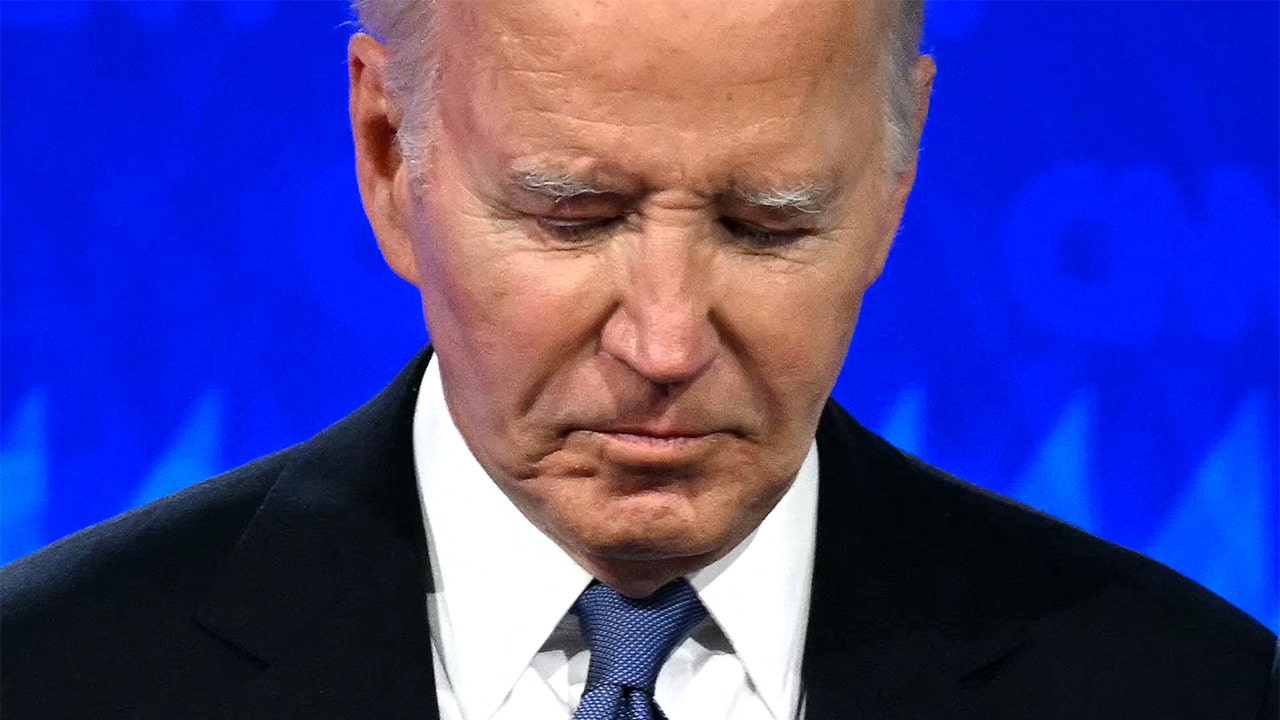Text size
A Tesla robot at the World Artificial Intelligence Conference in Shanghai.
Wang Zhao/Getty Images
Being an income investor usually means forgoing exciting stocks like
Tesla
and
Nvidia
for a regular payout. But that doesn’t have to be the case, thanks to an options play known as a “covered call.”
As options trades go, a covered call is rather simple. A call option gives the holder the right to buy a stock for a fixed price by a predetermined expiration date, while the seller of a call has to deliver shares to the buyer if the stock rises above the “strike price” specified in the options contract.
Selling a naked call option—that is, selling an option against a stock you don’t own—can be risky. An investor who sold a call option on Nvidia stock (ticker: NVDA) in mid-May with a strike price near $305—where it was trading at the time—would have received about $10 per share for selling the option, but they would have had to buy Nvidia stock only days later for about $400 a share after the chip maker’s blowout earnings only to hand it over to the holder of the option for $305. That’s a quick $75 lost—or, since options contracts are issued in lots of 100, a quick $7,500.
A covered call—selling an option against a stock you already own—is far less risky. In our example, a call seller who already owned Nvidia stock would have missed out on a lot of the upside, but still would have pocketed the $10 options premium, effectively selling Nvidia shares for about $315 apiece.
That’s an extreme example, of course. Most stocks typically don’t go up 24% in a day, so selling calls on positions held can be an effective way to generate income without missing out on too much upside. After all, most options are never exercised.
That means even a stock as wild as Tesla (TSLA) could be turned into a source of income. A holder of 1,000 Tesla shares could sell one call option contract, giving the buyer the right to buy 100 shares for $275 each between now and July 21, versus $270 now. That sale would generate about $1,000, or about 0.4% of the total portfolio value. Repeat that every month, and the potential gain is north of 4% a year. Not bad for a stock that doesn’t pay a dividend.
Doing the same thing on 10% of a portfolio holding all of the magnificent seven stocks—Nvidia, Tesla,
Microsoft
(MSFT),
Apple
(AAPL),
Alphabet
(GOOGL),
Amazon.com
(AMZN), and
Meta Platforms
(META)—could generate an annual gain of about 2%, better than the S&P 500’s yield of about 1.4%.
Selling calls raises the risk of an investor’s shares being “called away.” To avoid that,
Future Fund Active
exchange-traded fund (FFND) co-founder Gary Black doesn’t sell covered calls on his Tesla position around events such as deliveries or quarterly earnings, when he knows the stock can experience a particularly large move. He is a Tesla bull and wants to reduce the risk that he will have to hand over his shares to a call buyer.
A covered-call strategy requires investors to think hard about which strike prices and expiration dates to use. Selling options with higher strike prices lowers the risk of handing over stock, but those options are worth less.
“I usually try to stress the importance of finding the right trade-off…where I still get some meaningful upside but also return a reasonable amount of premium,” says Susquehanna analyst Christopher Jacobson.
Covered calls are certainly more complicated than buying a set-it-and-forget-it dividend stock. There are also tax implications. If the option is exercised, it counts as part of the stock’s sale price for tax purposes, says accounting expert Robert Willens. But if it expires worthless, it’s treated as a short-term capital gain much like an ordinary dividend would be.
If you’re looking for income, covered calls have you covered.
Write to Al Root at allen.root@dowjones.com







